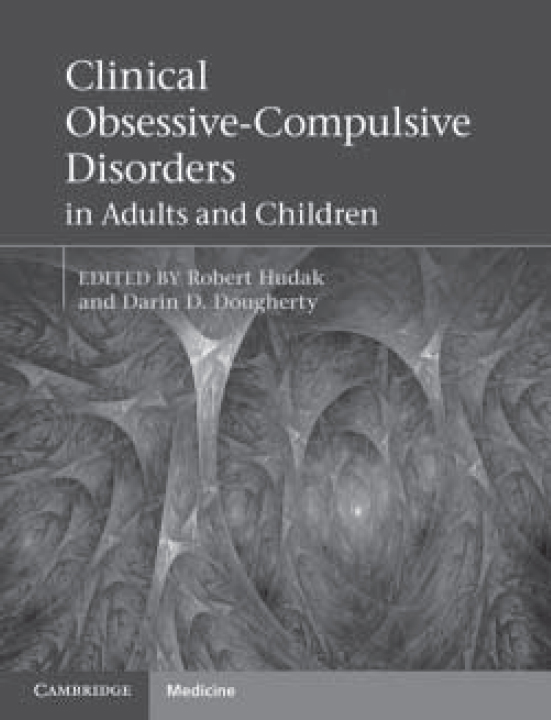
Type the words ‘obsessive–compulsive disorder’ into the search tab of your favourite online bookstore and you will be greeted by a plethora of books detailing personal accounts of the illness and varying aspects of cognitive–behavioural therapy for the disorder. However, this is a book with a difference: it aims to be a textbook, stating it is a complete, comprehensive overview of obsessive–compulsive disorder (OCD), covering its underlying causes, manifestations and treatment.
The introduction acknowledges OCD’s ‘chameleon like’ presentation and gives useful case examples, helping to demystify common issues that may contribute to misdiagnosis. The first chapter, however, propels the reader into a comprehensive account of psychosurgery for the disorder. Even with an initial account of the neurobiology and neurocircuitry, this comes as a bit of a shock and sets the scene for the book to be more biological than psychological in its overview of the condition.
Subsequent chapters are less controversial and are clinically relevant. They vary in the nature of their content, from straight-forward reviews of the relevant evidence to more discursive accounts, and cover a wide range of topic areas, including pharmacological treatment, exposure and response prevention and common comorbid conditions. The book deals with more social topics, including community supports and implications for the family in treatment, before reviewing related disorders, body dysmorphic disorder and trichotillomania. There are separate chapters on pharmacological and psychological treatment of children with OCD. Personally, the chapter on compulsive hoarding was particularly clinically relevant and interesting. It acknowledges that, despite not being a diagnosis in itself, compulsive hoarding is highly associated with various axis I and axis II disorders, and the authors describe the maladaptive cognitive and behavioural patterns that appear to be common in this syndrome across disorders.
In conclusion, this comprehensive and informative book is a welcome addition to the psychiatrist’s bookshelf. My only criticism is that it is disproportionately light on the psychological formulation and treatment of OCD. On the other hand, given the number of readily available publications on cognitive–behavioural therapy, this book could easily be supplemented with another guide relevant to the reader’s needs.





eLetters
No eLetters have been published for this article.